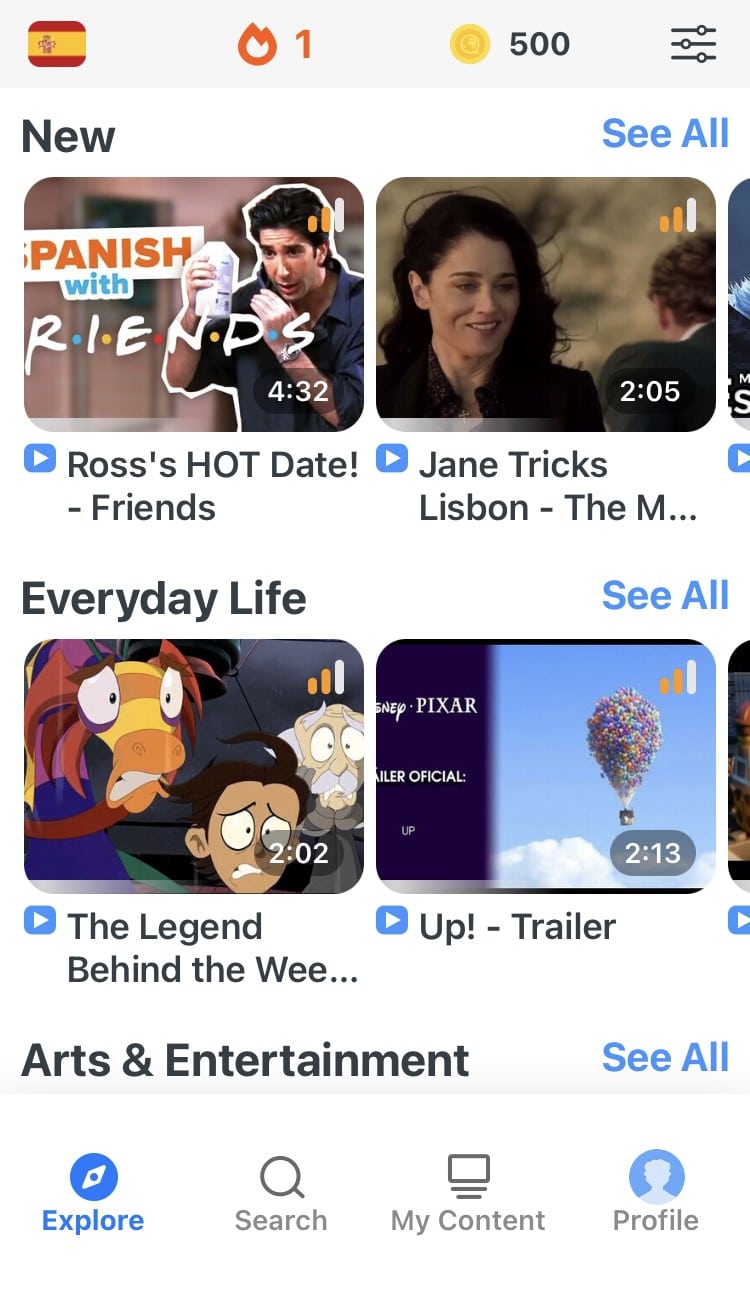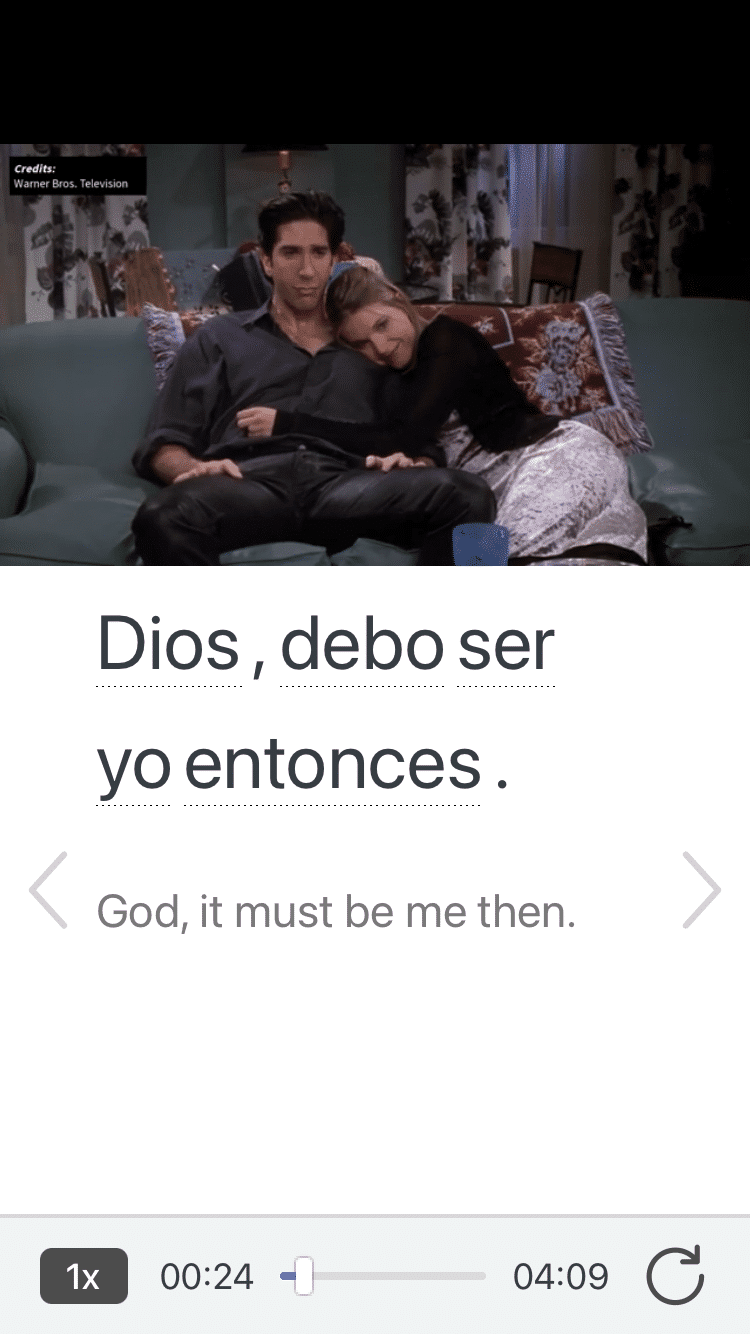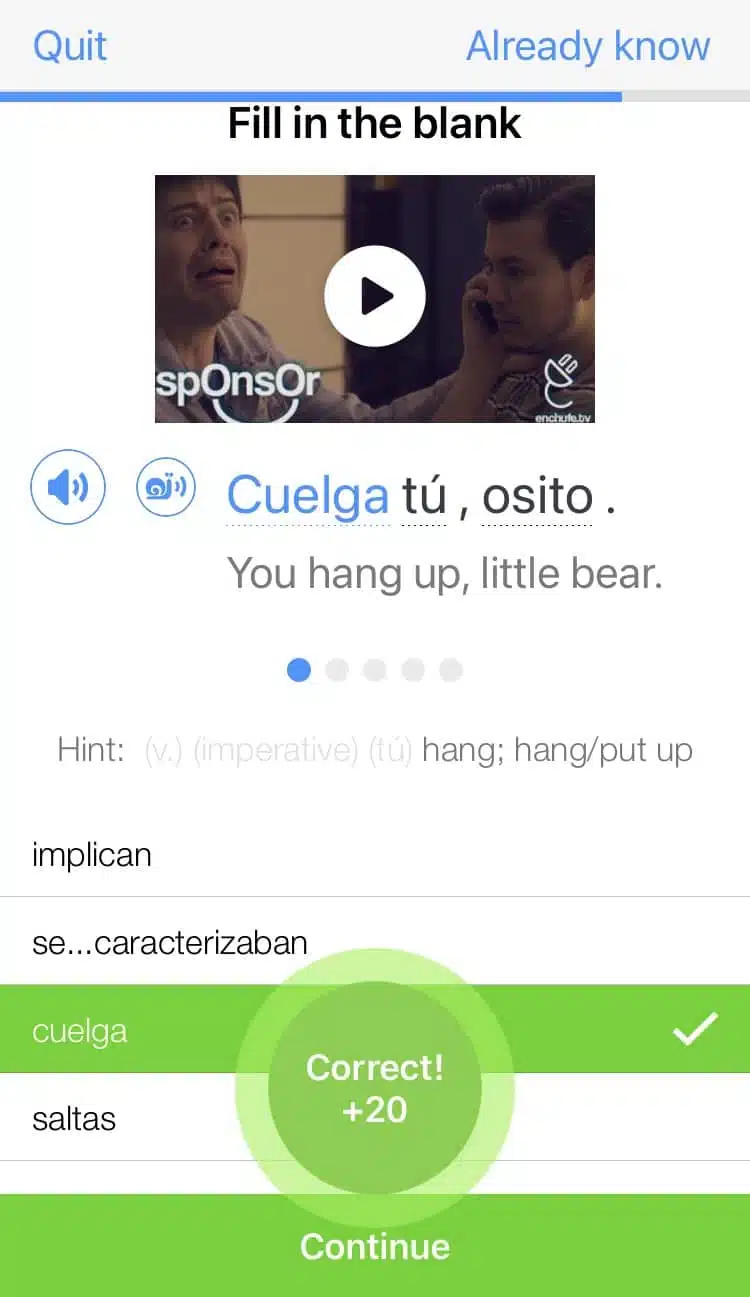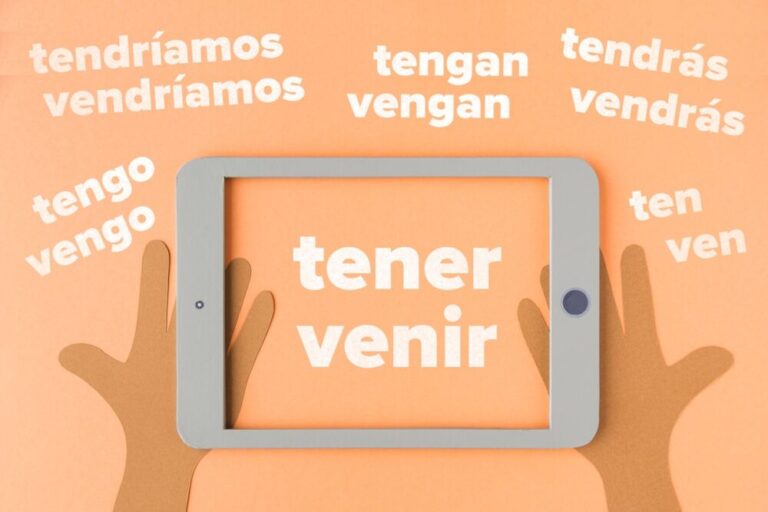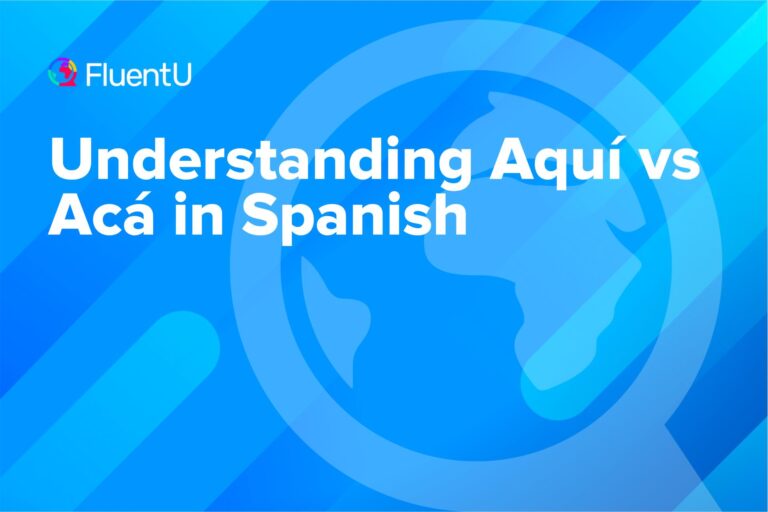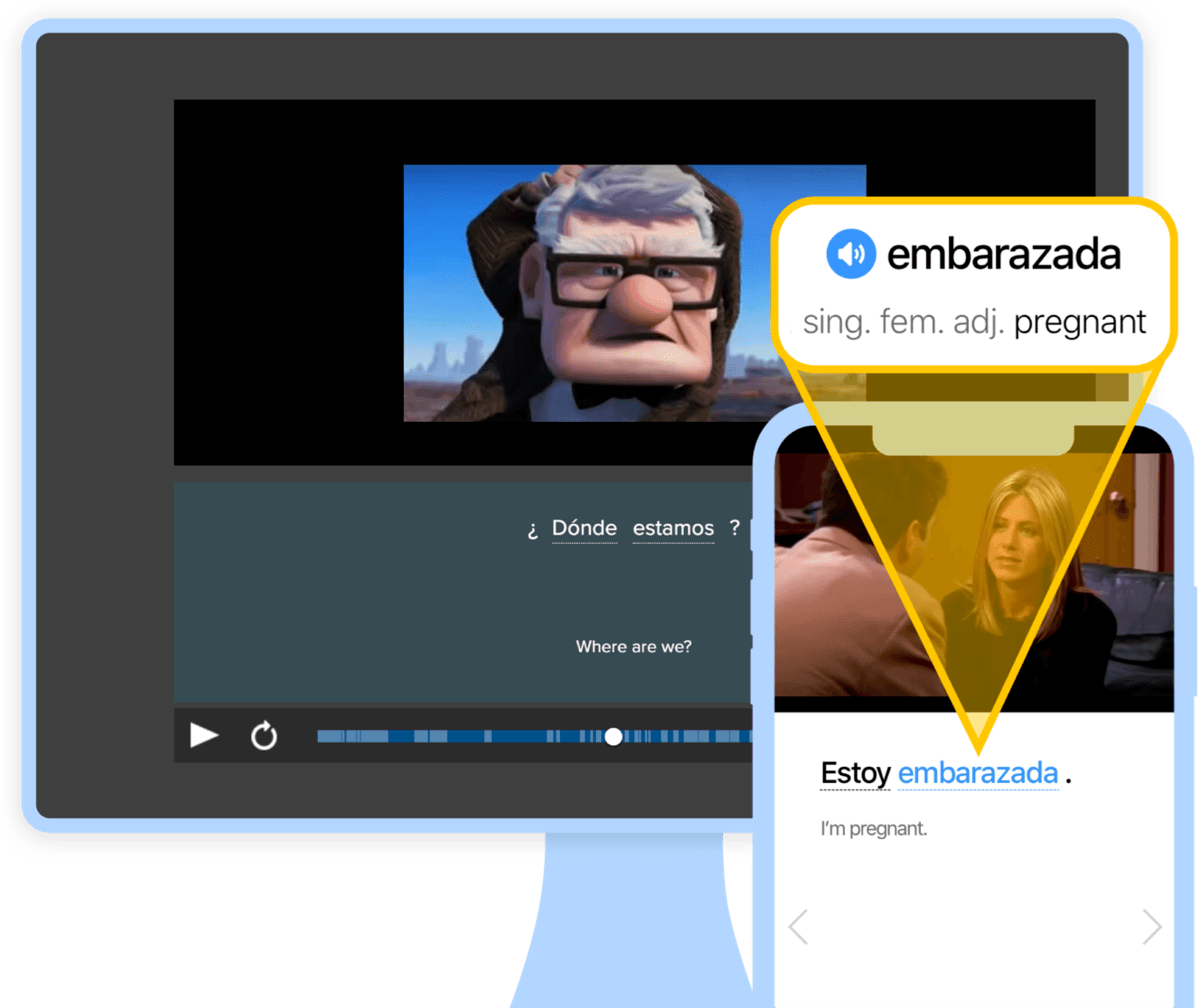Everything You Need to Know About Ñ in Spanish

The Ñ is a completely separate letter that is independent of the ene (letter N) in the Spanish dictionary, according to the Real Academia Española (Royal Spanish Academy), the language authority in Spain.
This post will show you how to pronounce the letter, how to type it on your non-Spanish keyboard, tell you where it came from and also we’ll give you a list of common words that contain the Spanish Ñ.
Download: This blog post is available as a convenient and portable PDF that you can take anywhere. Click here to get a copy. (Download)
How Do You Pronounce Ñ?
This unique letter is similar to the /ny/ sound in the English word “canyon.”
You’ve probably heard it in the Spanish word piña (pineapple) and señor (sir). Say these words out loud slowly and you’ll notice that you have to make an N sound first, followed quickly by a Y sound.
To make the “ñ” sound, just follow these three steps:
1. Put your tongue on the roof of your mouth, right behind your top front teeth
2. Say the letter “n”
3. Immediately after, bring your tongue down and say “yay”
Here’s a great pronunciation guide:
How to Type Ñ on Your Keyboard
In Spanish-speaking countries, computers come with an Ñ key just to the right of the L, but if you have an English keyboard (or some other system), you’ll have to know the trick to typing the letter.
Mac:
- Hold down Option key + N
- Type N again for lowercase ñ or Shift + N for uppercase Ñ.
Windows:
- Toggle NumLock on.
- Hold down Alt key and type 164 (lowercase ñ) or 165 (uppercase Ñ).
iPhone and Android Phones:
- Hold down the N or n
- Select Ñ or ñ from the options that appear above the letter.
What Is Ñ and Where Did It Come From?
The Ñ has its origins in the evolution of the Spanish language from Latin. In medieval Spanish manuscripts, scribes used to write the letter N with a tilde (~) above it to indicate that it was a palatalized (meaning that your tongue touches the roof of your mouth when saying it) version of the regular N sound.
Over time, this modified N became a distinct letter in its own right, known as ene con tilde, and it was officially recognized as such. The Royal Spanish Academy incorporated the Ñ into the Spanish alphabet in the 18th century.
The inclusion of the Ñ in the alphabet distinguishes Spanish from many other Romance languages and contributes to the distinct phonological characteristics of the Spanish language.
Words that Contain Ñ
Try saying this Spanish sentence: Mi niña pequeña baña a su pequeño pato en la fuente mientras sueña con un montón de piñatas en la montaña. (My little girl bathes her little duck in the fountain while dreaming of a bunch of piñatas on the mountain.)
Here are some key words that need this letter:
| Spanish Word (with Audio) | English Word |
|---|---|
| España | Spain |
| mañana | tomorrow, morning |
| señor | Mr., sir |
| señora | Mrs., madam |
| señorita | Miss |
| baño | bathroom |
| compañía | company |
| señal | sign |
| niño | boy, child |
| niña | girl |
| señalar | to signal |
| cañón | canyon |
| extrañar | to miss |
| montaña | mountain |
| niñez | childhood |
| añadir | to add |
| añejo | aged |
| ñoño | silly |
| año | year |
| señuelo | bait, decoy |
| piñata | piñata |
| piñón | pine nut |
| jalapeño | jalapeño |
| bañera | bathtub |
| doña | lady |
| tamaño | size |
| compañero | partner, companion |
| araña | spider |
| arañar | to scratch |
| castañas | chestnuts |
| moño | bow |
| sueño | dream, sleepiness |
| pañuelo | handkerchief, paper tissue |
| leña | firewood |
| piña | pineapple |
| uña | (finger)nail |
| riñón | kidney |
| dañar | to damage |
To find more words that start with Ñ, check out this helpful post:
https://www.fluentu.com/blog/spanish/spanish-words-that-start-with-n/
How to Practice Pronouncing the Spanish Ñ
Practicing the pronunciation of the Spanish Ñ can be fun. Here are some tips and exercises:
- Listen and Imitate
Listen to native speakers pronouncing words with the ñ. You can find videos, podcasts or songs where this sound is prevalent. Repeat the words and phrases after the native speakers, trying to mimic their pronunciation closely.
Try starting with this children’s video.
- Isolate the Sound
Focus specifically on the ñ sound. Try saying the sound on its own, without any surrounding vowels or consonants. This helps you concentrate on the unique sound of ñ.
- Start with Common Words
Practice with common Spanish words that contain the ñ, such as mañana, señor or niño. Repeat these words until you feel comfortable with the pronunciation.
- Pay Attention to Tongue Placement
Pay attention to the position of your tongue. The ñ sound is a nasalized sound, produced by placing the back of your tongue against the soft palate (the roof of your mouth). Practice the sound while being mindful of your tongue’s position.
- Work with Minimal Pairs
Work with minimal pairs, which are pairs of words that only differ in one sound. For example, practice distinguishing between niño and nino. This helps you focus on the specific sound you’re trying to master. Here’s a thorough list of Spanish minimal pairs.
- Do Tongue Twisters
Challenge yourself with Spanish tongue twisters that contain the ñ sound. This helps improve your fluency and accuracy. For example, El niño con el niño quiere jugar al niño (The child with the child wants to play with the child).
- Record Yourself
Use a recording device like your phone to record yourself practicing the sound. Listen to the recordings and compare them to native speakers. This can help you identify areas for improvement.
- Use Online Pronunciation Tools
Take advantage of online resources and pronunciation tools designed for language learners. Many websites and apps provide audio examples and exercises for Spanish pronunciation. Easy Pronunciation works well.
The Ñ Quiz: Test Yourself!
And One More Thing…
If you want to learn Spanish with authentic materials but need a little extra support, then you need to know about FluentU.
FluentU lets you consume the same content as native Spanish speakers, but with tools to make it easier to pick up the language while you watch. You’ll learn Spanish as it’s actually spoken by real people, unlike programs that use scripted content.
You can bring our learning tools directly to YouTube or Netflix with the FluentU Chrome Extension, or check out our curated video library full of clips that cover a wide range of topics, as you can see here:
FluentU brings native videos within reach with interactive subtitles. You can tap on any word to instantly see its meaning, an image, and its audio pronunciation. Click on the word for additional examples and to add it to your flaschards.
To reinforce what you've learned, you'll complete engaging exercises and see more examples of the key words from the video. FluentU keeps track of the vocab you’re learning, and gives you extra practice with difficult words.
Start using the FluentU website on your computer or tablet or, better yet, download the FluentU app from the iTunes or Google Play store. Click here to take advantage of our current sale! (Expires at the end of this month.)

